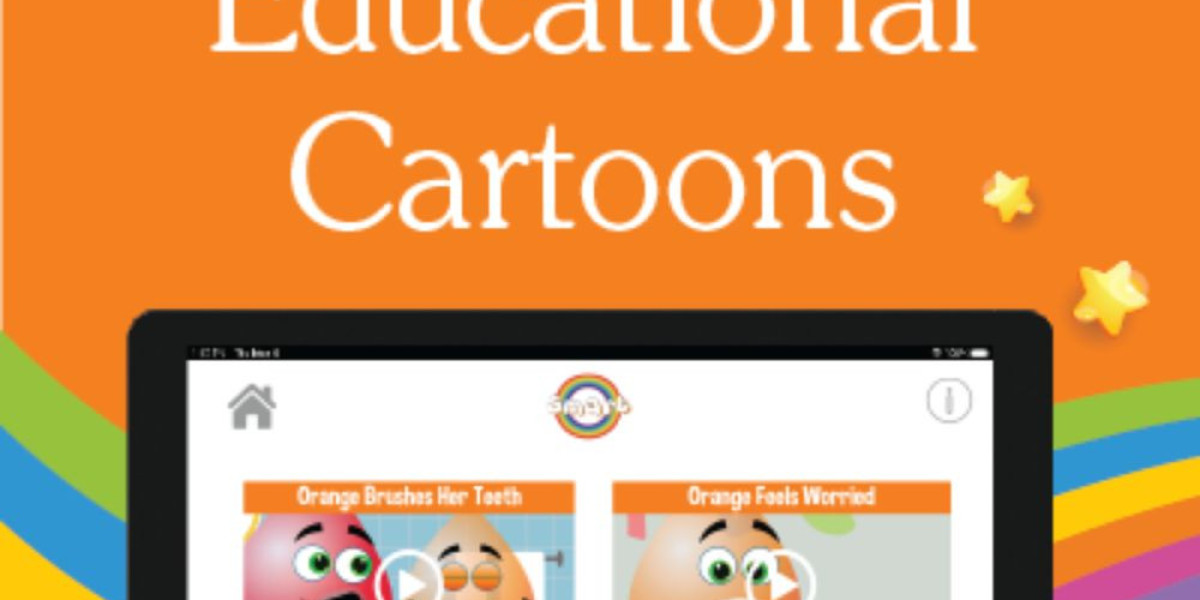Education is a fundamental pillar in the growth and development of children. Providing kids with engaging educational resources and activities not only helps them learn but also fosters their curiosity and imagination. These resources play a crucial role in shaping a child's cognitive, emotional, and social development. Let's delve into the significance of educational resources, activities, and storybooks in the lives of children.
The Importance of Educational Resources
Educational resources for kids encompass a wide array of materials and tools designed to stimulate learning. They range from interactive digital platforms to traditional educational toys and hands-on activities. These resources offer numerous benefits, including:
1. Holistic Learning: Educational resources cover various subjects and concepts, nurturing a well-rounded understanding of the world for children.
2. Engagement and Interest: By being interactive and engaging, these resources capture children's interest, making learning a fun and enjoyable experience.
3. Individualized Learning: Many resources are tailored to suit different learning styles, allowing children to learn at their own pace and in a way that best suits them.
4. Skill Development: These resources often target specific skills, including problem-solving, critical thinking, creativity, and communication, fostering a range of abilities.
Educational Activities for Kids
Educational activities are instrumental in providing hands-on learning experiences. These activities encourage children to explore, experiment, and apply what they've learned. Here are several types of educational activities and their significance:
1. STEM (Science, Technology, Engineering, Mathematics) Activities: STEM activities expose children to real-world concepts and encourage experimentation, critical thinking, and problem-solving.
2. Arts and Crafts: Creative activities stimulate imagination and innovation, promoting fine motor skills and self-expression.
3. Outdoor Exploration: Activities that involve nature and outdoor exploration help children develop an appreciation for the environment and engage their senses.
4. Role-Playing and Pretend Play: These activities foster social skills, empathy, and imaginative thinking as children act out scenarios and learn about different roles.
5. Interactive Games: Games designed with educational elements help reinforce learning while keeping children engaged and motivated.
The Power of Storybooks in Education
Storybooks play an instrumental role in a child's educational journey. They are more than just a collection of words and pictures; they are portals to imagination and learning. Here's why storybooks are pivotal in a child's development:
1. Language Development: Exposure to storybooks introduces children to vocabulary, language patterns, and various writing styles, enhancing their language skills.
2. Imagination and Creativity: Storybooks spark imagination and creativity, transporting children to different worlds and scenarios, expanding their creative thinking.
3. Emotional and Social Learning: Many storybooks contain moral lessons and explore emotions, enabling children to understand complex feelings and social situations.
4. Cognitive Development: Storybooks enhance cognitive abilities by improving memory, attention span, and critical thinking as children follow narratives and comprehend complex storylines.
5. Bonding and Connection: Sharing storybooks creates bonding moments between parents, educators, and children, fostering meaningful connections and communication.
Utilizing Educational Resources in Conjunction with Storybooks
Combining educational resources and storybooks maximizes learning potential. Here's how:
1. Interactive Storybook Apps: Incorporating technology with storybooks creates interactive experiences that merge storytelling with educational activities.
2. Complementary Activities: Pairing storybooks with relevant hands-on activities enhances comprehension and retention of the story's themes and lessons.
3. Discussion and Reflection: Engaging in discussions after reading a storybook encourages critical thinking and enables children to reflect on the narrative's messages.
4. Follow-up Projects and Creativity: Encouraging children to create their own stories, artwork, or activities based on the storybook extends learning opportunities.
Conclusion: A World of Learning and Exploration
Educational resources, activities, and storybooks form a cohesive tapestry in a child's educational journey. They offer a diverse and engaging approach to learning that goes beyond the confines of traditional education.
By integrating these resources and activities into a child's daily routine, parents, educators, and caregivers provide an environment that stimulates curiosity, fosters creativity, and nurtures a lifelong love for learning.
The combination of interactive learning resources, diverse activities, and the magic of storybooks serves as a catalyst for holistic development, inspiring young minds to explore, create, and discover the wonders of the world. This amalgamation of resources equips children with the tools they need to navigate their educational journey and lays a solid foundation for a lifelong pursuit of knowledge and understanding.








